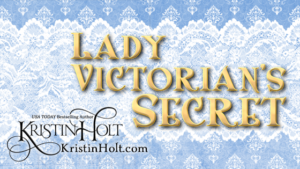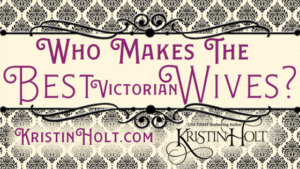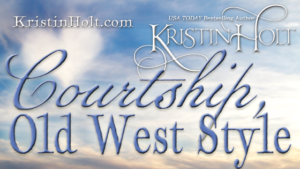
by Kristin Holt | Jul 22, 2019 | Articles
Victorian-era American wisdom regarding romance, marriage, and courtship is fascinating! A collection of 19th century newspaper clippings provides a wide range of answers to the question: Who Makes the Best (Victorian) Wives? Throughout the late nineteenth century, much (conflicting) advice for the hymeneal-minded.
Note: Part of a blog series including Blondes are Favorites (Who Makes the Best (Victorian) Wives?).

by Kristin Holt | Apr 30, 2019 | Articles
Today, April 30, is Oatmeal Cookie Day!
Who knew?! “Everyone” online claims Fannie Merritt Farmer’s oatmeal cookie recipe (1896) to be the FIRST published (FALSE!)… but I found fourteen Victorian-American recipes in vintage cook books and newspapers beginning in 1883. How did history (mistakenly) favor Fannie?

by Kristin Holt | Jul 3, 2018 | Articles
A man’s proper suit of clothes was worn by gentlemen, bankers, clerks, professionals… virtually every man except those who labored manually (such as miners). Given men owned so few items of clothing, they certainly wore what they had, despite the demand. Levi Strauss developed the original “Levi’s 201’s” and “Levi’s 501’s”, built to last in the clothing-destroying mines. Compare and contrast the “suit of clothes” with Levi’s originals.

by Kristin Holt | Jul 1, 2018 | Articles
In Victorian men’s fashion, Collars and Cuffs were something altogether separate and different than a shirt. A whole different paradigm, given today’s men’s dress shirts are one solid piece, with the collar and cuffs attached. See vintage images of the styles and reasons why tailors (and factory producers) bothered to make the collars separate–and why some were made of PAPER rather than fabric.

by Kristin Holt | Jun 20, 2018 | Articles
Cocaine, together with its significant benefits and significant addiction potential, was discovered in the late 19th century (1884 to 1885). Dentists were quick to put cocaine to work for their patients to numb previously excruciating dental work. Citations from vintage publications illustrate the importance of this discovery, attitudes that surrounded cocaine’s use in dentistry and medicine, and the ease with which patients (and parents) accepted the use.













